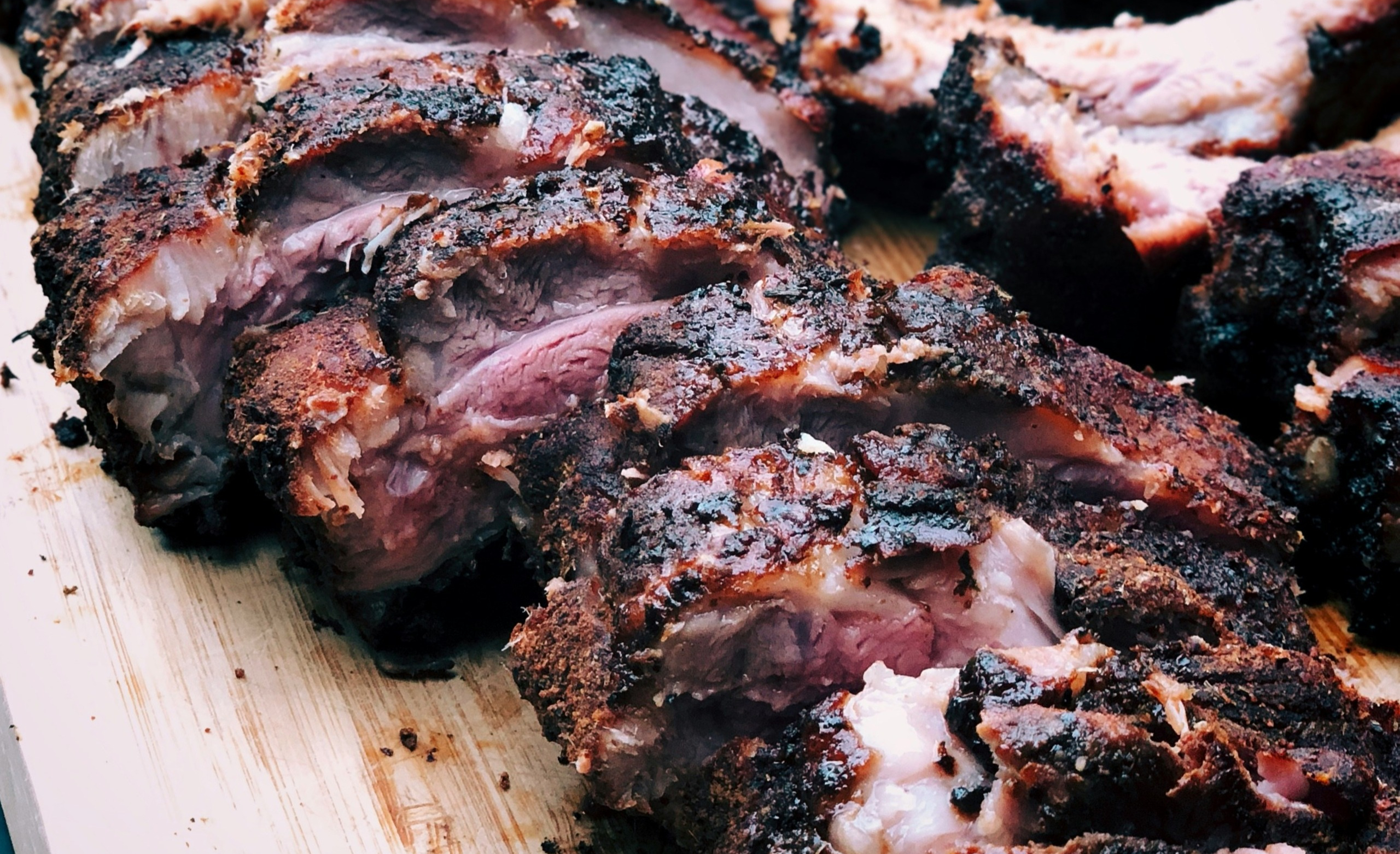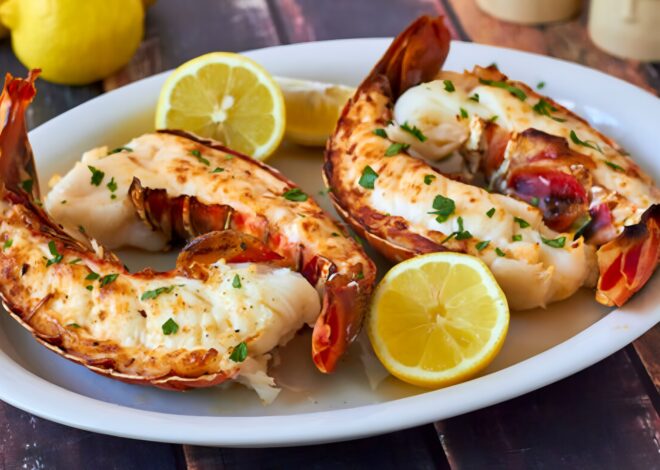
How To Cook Bison Meat
Whether you’re grilling up burgers or slow-cooking stews, learning how to cook bison meat can elevate your meals to new heights. Are you ready to embark on a culinary adventure? If you’ve never tried bison meat, you’re in for a treat!
This lean, flavorful alternative to beef is quickly gaining popularity among health-conscious eaters and food enthusiasts alike. Known for its rich taste and tender texture, bison offers a unique twist on traditional meats.
Let’s dive into the world of bison and discover everything you need to know about preparing this delicious protein source.
What is Bison Meat?
Bison meat, often referred to as buffalo meat, comes from the North American bison. This majestic animal roams the plains and is known for its robust build and thick fur. Rich in flavor and slightly sweeter than beef, bison offers a unique taste experience.
Its texture is leaner, making it an excellent choice for those seeking healthier alternatives to traditional red meats. Unlike cattle, bison are grass-fed and raised on open pastures. This natural diet contributes to their distinctive flavor profile while ensuring that the meat remains free from antibiotics and hormones.
In recent years, bison has gained popularity among health-conscious consumers. It’s not just delicious; it’s also packed with nutrients that can enhance any meal. Whether you’re grilling burgers or slow-cooking stew, this versatile meat can elevate your culinary creations.
Health Benefits of Bison Meat
Bison meat is a nutritional powerhouse. It’s rich in protein, making it an excellent choice for those looking to build muscle or maintain a healthy diet. One of the standout features of bison is its lower fat content compared to beef.
It contains fewer calories while still delivering essential nutrients like iron and zinc. This makes it ideal for heart health and weight management. Additionally, bison is packed with omega-3 fatty acids, which support brain function and reduce inflammation in the body.
This lean meat also boasts high levels of vitamin B12, crucial for energy production and maintaining nerve health. For those seeking alternatives to conventional meats, bison offers a robust flavor profile coupled with numerous health benefits that can enhance any meal plan.
Where to Buy Quality Bison Meat?
Finding quality bison meat is easier than you might think. Many local farmers’ markets feature vendors who specialize in grass-fed bison. This option often guarantees freshness while supporting local agriculture. Online shopping has also become a popular avenue for sourcing bison.
Several reputable websites offer various cuts delivered right to your door. Look for sites that emphasize sustainable practices and humane treatment of animals. Specialty butcher shops often carry bison meat, so don’t hesitate to ask your local butcher if they can order it for you.
They may have insights on the best cuts or cooking tips. Membership-based warehouses sometimes stock bulk options of bison meat at competitive prices. Just ensure you’re purchasing from trusted sources to get the best quality available.
Different Cuts of Bison Meat
Bison meat offers a range of cuts, each with its unique flavor and texture. Understanding these options can elevate your culinary experience. The ribeye is a favorite. Known for its marbling, it’s rich and juicy, perfect for grilling.
The tenderloin is another popular cut, prized for being exceptionally lean and buttery in texture—ideal for quick cooking methods. Brisket provides a deeper flavor profile when slow-cooked or smoked. This cut works well in hearty dishes where tenderness matters after long cooking times.
For those who enjoy stews or ground meat recipes, the chuck and round cuts are versatile choices. They absorb flavors beautifully while still delivering that distinct bison taste. Don’t overlook the flank steak—it’s great for marinating before grilling or slicing thinly against the grain to enhance tenderness. Each cut has its own charm waiting to be explored!
Preparing Bison Meat
Preparing bison meat requires a bit of finesse, but the rewards are worth it. Start by thawing frozen cuts in the refrigerator for optimal flavor and texture. Once thawed, pat the meat dry with paper towels to remove excess moisture. This step is crucial for achieving a good sear when cooking.
Trim any visible fat if you prefer a leaner bite; however, leave some on for added flavor during cooking. Marinating is an excellent way to infuse bison with additional tastes. A simple mix of olive oil, garlic, and herbs can elevate its natural richness.
Before cooking, allow the meat to come to room temperature. This ensures even cooking throughout your dish and helps prevent overcooking. With these preparation tips, you’re setting yourself up for a delicious meal that showcases this unique protein beautifully!
Cooking Methods for Bison Meat
Bison meat offers a rich flavor and tender texture, making it versatile for various cooking methods. Grilling is a popular choice, enhancing the natural taste while adding that delightful smoky aroma. Just be sure to keep an eye on cooking times since bison cooks faster than beef.
Slow cooking is another fantastic option. Using a slow cooker allows the meat to become incredibly tender while absorbing flavors from spices and vegetables. It’s perfect for hearty stews or savory chili. For those seeking convenience, searing in a skillet can deliver quick results with beautiful caramelization. Pair it with fresh herbs and garlic for an aromatic experience.
Roasting is ideal for larger cuts like roasts or whole bison steaks, maintaining moisture while developing deep flavors throughout the dish. Each method brings out unique characteristics of this nutrient-rich protein, inviting culinary exploration in every bite!
Delicious Bison Recipes
Bison meat is versatile and can elevate your meals in exciting ways. For a quick dinner, try bison burgers. Season the ground meat with garlic powder, salt, and pepper before grilling to perfection. If you’re looking for something comforting, whip up a bison chili.
Brown the meat with onions and peppers, then simmer it with tomatoes and kidney beans for a hearty dish that warms you from the inside out. For health-conscious eaters, consider a bison stir-fry. Slice fresh vegetables like bell peppers and broccoli alongside thin strips of bison steak.
Toss them in soy sauce or teriyaki for an easy weeknight meal bursting with flavor. Don’t forget about slow cooking! A savory bison stew made with root vegetables provides rich flavors as it simmers all day. Each bite becomes tender and flavorful—perfect served over mashed potatoes or rice.
Comparing Bison Meat to Other Types of Meat
Bison meat stands out in the world of proteins. It’s leaner than beef, with less fat and fewer calories, making it an appealing option for health-conscious eaters. When comparing bison to chicken or pork, you’ll find that bison offers a richer flavor profile.
This robust taste can enhance various dishes that might otherwise feel routine. Another key difference is the nutritional content. Bison is rich in iron and vitamin B12, crucial for energy levels and overall health. It also has higher protein levels per serving compared to many other meats.
Sustainability plays a role as well. Bison are often raised on grasslands without antibiotics or hormones, presenting an eco-friendly alternative to factory-farmed animals. Beyond nutrition and sustainability lies versatility; bison adapts beautifully across different cooking methods—from grilling to slow-cooking—offering chefs endless possibilities in the kitchen.
Conclusion: Cooking Bison Meat
Cooking bison meat can be an exciting culinary adventure. With its rich flavor and numerous health benefits, it’s a fantastic alternative to traditional meats like beef or pork. Understanding the different cuts available makes it easier to decide which one suits your recipe best.
Whether you choose steaks, roasts, or ground bison, each cut has its own unique qualities that can enhance your dishes. Preparing bison is simple; just remember that it cooks faster than beef due to its lower fat content. Keeping this in mind will help maintain its tenderness and prevent overcooking.
Adopting various cooking methods—grilling, roasting, or slow cooking—opens up a world of possibilities for meal preparation. Experimenting with delicious recipes allows you to explore the versatility of bison while enjoying all the flavors it brings to your table. From hearty burgers to savory stews, there’s something for everyone.
When comparing bison meat to other types of meat, it’s clear that this lean protein source stands out in terms of nutrition and taste. It’s perfect for those looking to make healthier choices without sacrificing flavor.
Embracing bison meat not only diversifies your diet but also supports sustainable farming practices. So why not give it a try? Cooking with bison could elevate your culinary skills and introduce new flavors into your meals.



